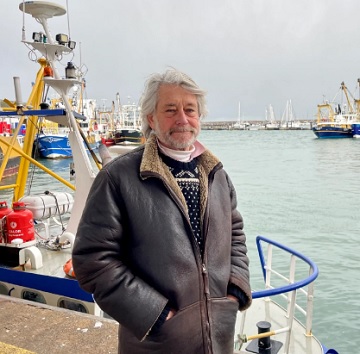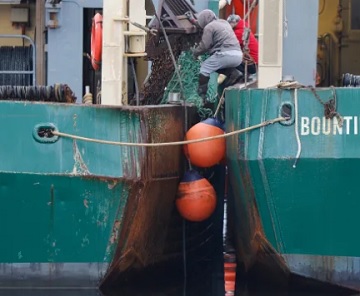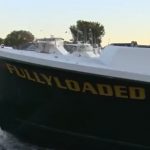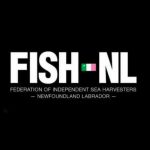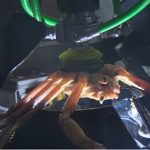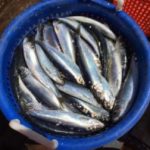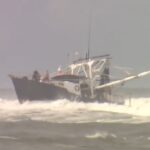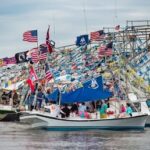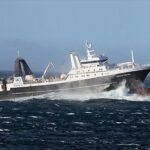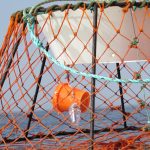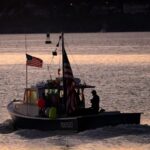Monthly Archives: January 2023
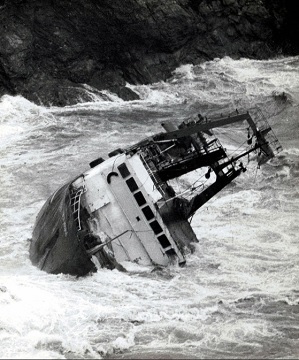
Falmouth low tide reveals wreck of Scottish trawler Ben Asdale that was swept onto rocks 44 years ago
Cornwall’s coastline is strewn with shipwrecks. More than 3,000 are recorded around our shores, with most hidden below the surface of the sea, or buried under the sands of time on our beaches. However, there are a few shipwrecks in Cornwall that can be seen at low tide – those more recent wrecks that remain where they met their peril on the rocks. Here, they slowly rust, bend and disintegrate into their surroundings – broken down by years of gentle tides and raging storms. The skeletal remains of one such wreck can still be seen at low tide below cliffs near Falmouth. Just around the corner from Maenporth Beach, below Newporth Head, lies the wreck of Scottish trawler Ben Asdale, where it was swept upon the rocks one fateful night, 44 years ago. 24 photos, >click to read< 09:36
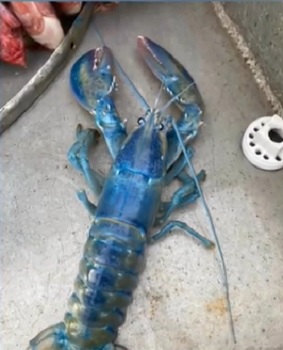
Blue lobster caught by New Hampshire fisherman off Isle of Shoals
A New Hampshire fisherman was in for an exciting surprise when he caught a blue lobster by the Isle of Shoals. Jake Eaton, who caught the lobster, said this is something that doesn’t happen every day. He said he gets out to haul three to four times a week and has been fishing for about a decade. “Fishermen are fortunate to see the things we get to see, you know, with all the wildlife and everything. So just try not to take it for granted and just realize how lucky we are to get to experience it,” Eaton said. >click to read< 08:11
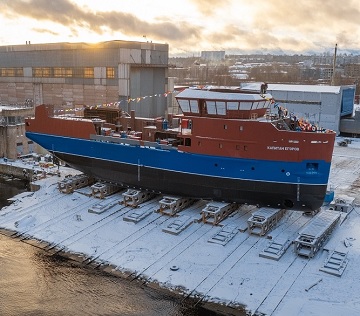
Russian Crab Renews Fleet
One of Russia’s big players, Russian Crab, is in the process of renewing its fleet of elderly vessels with new tonnage, and the first of these new crab catchers have been floated off for outfitting. The company is building both vivier crabbers at the Onega Shipyard, while processor vessels are taking shape at the Okskaya Sudoverf JSC shipyard. Vivier crabber Kapitan Egorov was launched at Onega in Petrozavodsk at the end of last year,,, These CCa 5712LS series vessels are designed to work under the challenging conditions of the Bering Sea, the Sea of Okhotsk and the Sea of Japan, and are being outfitted with systems that are new to the Russian fishing sector, with circulation systems to keep crab in prime condition. These come with monitoring systems for temperature, air volume in the tanks and the oxygen content of the water, with data transferred automatically to the wheelhouse and to the office ashore. Photos, Video, >click to read< 20:10
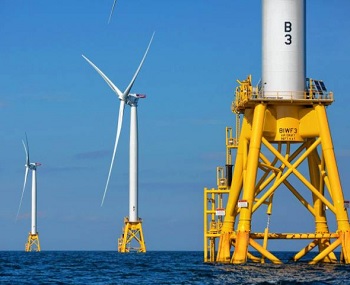
A Letter to the Editor: Wind farm utility causing onshore problems
New England has regional noise/vibration problems since the Block Island Wind Farm started. Indeed, one could note, regional wind turbines no longer typify “green energy.” In addition to air storage batteries being secretly installed on Beavertail in Jamestown to facilitate retention of unpredictable wind power, the regional power grid has been secretly raised to a higher power level to capture more irregular wind power for investors. However, that higher grid power has caused widespread environmental pressure, including water and sewer pipe separations, gas line issues and vibrations. Yards, floors and in-house glass vibrate. Light bulb filaments and wall clock parts have separated. >click to read< by Donna Cameron Gricus, Jamestown, R.I. 14:47

New monitoring rules for Northeast fishermen
Changes to U.S. rules about the monitoring of Northeast commercial fishing activities are going into effect this month with a goal of providing more accurate information about some of the nation’s oldest fisheries. The U.S. mandates observers to work onboard fishing boats to collect data and make sure fishermen adhere to rules and quotas. The National Marine Fisheries Service has adopted new monitoring rules for Northeast fishermen of groundfish, like haddock and flounder, to try to improve the accuracy of the data. >click to read< 11:57
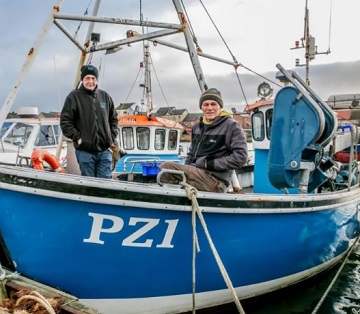
‘What about us?’
Forgotten fishermen caught in the middle of a storm over the North Sea crustacean deaths last night asked ‘what about us’, after a report into the wash-ups was published. Fishermen working off the Teesside coast have told how they’re struggling to make a living with depleted numbers of sea life following mass deaths. A fresh report into the deaths released at noon on Friday was unable to find a conclusive cause for the mass wash-ups. Hartlepool Fisherman Paul Graves said: “If my wife stopped working I would be screwed. “I used to go two miles out and would never go more than six, but now I have to go 20 miles out to have any chance of catching anything. >click to read< 10:28
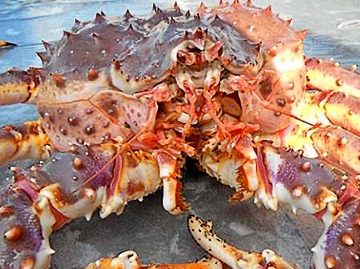
NOAA denies emergency request to close red king crab savings areas
The National Oceanic and Atmospheric Administration has denied an emergency request Friday to close crucial habitat for Bristol Bay red king crab to all types of commercial fishing. That comes after Alaska Bering Sea Crabbers petitioned in late September for a closure of the red king crab savings areas to protect the species during a time of historically low stocks. The savings area was established in 1996 and is permanently closed to bottom trawling, but it remains open to midwater trawlers, pot fishing and longlining. Bottom trawling is allowed, however, in a small section within the savings area, known as the savings subarea, when Bristol Bay red king crab is not open to directed fishing. >click to read< 09:15
Press release – NOAA Fisheries Denies Request for Emergency Action to Close the Red King Crab Savings Area and Subarea – >click to read<
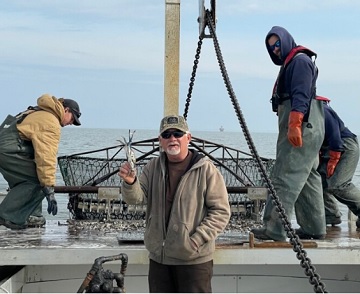
Here’s why workers are digging Chesapeake Bay blue crabs out of the mud this month
On a recent gray January morning, they were working a section of the upper Chesapeake Bay off Rock Hall on the Eastern Shore. Capt. Roger Morris, a Dorchester County waterman who works under contract with the state’s department of natural resources, dropped a Virginia dredge off the stern of F/V Mydra Ann, his 45-foot Bay workboat, and let the attached chain pay out until the dredge hit bottom 20-some feet below, jolting the boat. A Virginia dredge refers to an eight foot wide piece of equipment with an attached net that gets dropped into the water to dredge for crabs. Morris eased the throttle forward and dragged the dredge through the mud for one minute at three knots, then hauled it back up, pausing to rinse the mud out before bringing it on board. photos, >click to read< 19:08
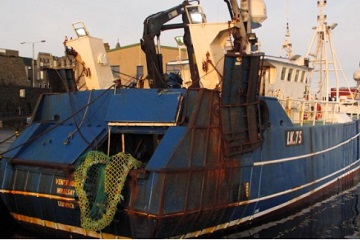
Squid at record levels around Shetland
While haddock continues to be the most abundant stock, more than three times the average amount of squid was identified by the 2022 Shetland Inshore Fish Survey (SIFS) carried out by UHI Shetland. Environmental change is the most likely explanation for the phenomenon, given that squid are relatively short-lived and breed only once. ‘The high catches of squid recorded in 2022 were a widespread feature of the data in that they were observed in survey areas all around Shetland. Overall, these catches corresponded to the highest relative abundance of squid yet recorded in the survey timeseries,’ said Dr Shaun Fraser, Senior Fisheries Scientist at UHI Shetland. >click to read< 12:25
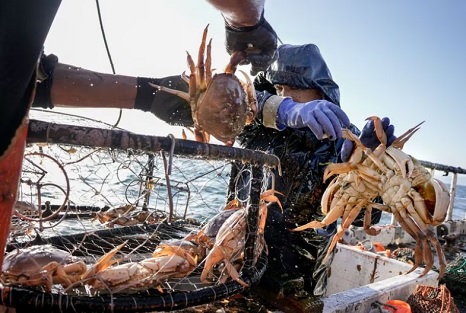
How valuable, and volatile, crabbing can be along the Oregon Coast
On a calm morning last May, the three-person crew of the FV Misty dropped into the Pacific Ocean off of Port Orford, in Southern Oregon, to catch a small piece of a large fortune. It’s not easy money though, by any stretch. A day of pulling in hundreds of crab pots is relentless and fast-paced work, requiring razor-sharp choreography from a seasoned crew. Boat captain Aaron Ashdown can remember joining the family business when Dungeness crab was worth $2.50 per pound in starting price. “My dad told me, because a crab is about maybe two pounds, ‘There’s just little $5 bills all over the bottom of the ocean and all we got to do is go out there and pick them up.’” By the 2022 season, that value had risen to a record $5 starting price, unprecedented for Oregon. Interesting video, photos, >click to read< 11:06
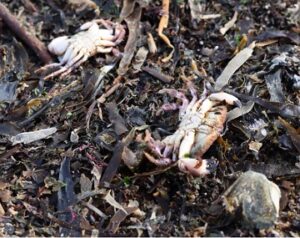
No definite answer to cause of mass crab deaths on north-east coast
Thousands of dead and dying crustaceans were found piled high along beaches along the north-east coast of England during a three month period. Research by academics, backed by the fishing industry, suggested the incident could have been caused by industrial pollutant pyridine, possibly from dredging in the mouth of the River Tees to maintain channels for port traffic. However this has now been deemed “exceptionally unlikely”. And while the panel said it was impossible to give a definitive answer using current data, it concluded on Friday that it was “about as likely as not” that a pathogen new to UK waters – a potential disease or parasite – caused the crab deaths. >click to read< 09:52
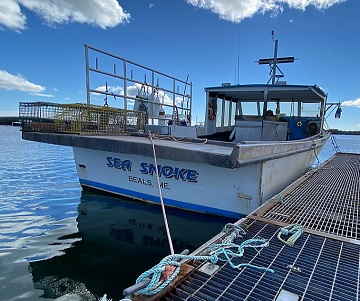
Maine lobster industry must accept that ‘big changes are coming’ despite delay in federal rules, commissioner says
“The work now is critical,” DMR Commissioner Patrick Keliher told the Lobster Advisory Council Wednesday. “The buy-in is critical. The data we’re going to be collecting over the next four years is critical. We can’t have infighting. We have to accept big changes are coming. ”Those changes could include additional regulations to make ropes weaker, a move toward ropeless lobster traps and additional restrictions on fishing grounds. Between now and then, the industry needs to report its harvest to federal officials, participate in a vessel tracking program and find ways to help monitor where endangered whales are migrating, Keliher said. >click to read< 08:49
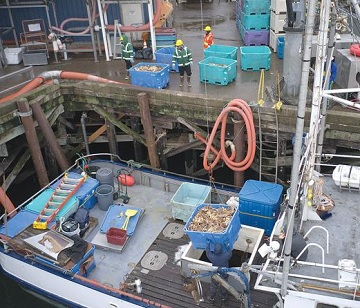
Boats begin offloading crab
After a month-and-a-half delay, Oregon’s commercial Dungeness crab season is underway along at least part of the coast, and crab boats have been busy, already hauling significant catches back to port to be offloaded at the docks. Tim Novotny is the executive director of the Oregon Dungeness Crab Commission, an industry-funded agency established by the Oregon Legislature in 1977 to serve as an advocate for the crabbing industry. When Novotny was asked for his initial thoughts on this year’s season, he said, “It’s been a ball of yarn,” adding that it’s pretty much the opposite of last year. Photos, >click to read< 07:57
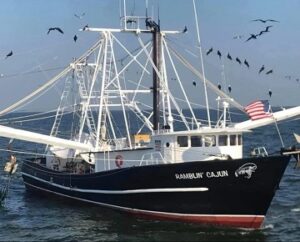
Louisiana Shrimping Industry Faces Uncertain Future in 2023
Shrimpers now face some of the lowest prices they have ever seen due to massive amounts of shrimp being imported from overseas, according to Larose-based trade group Louisiana Shrimp Association. Acy Cooper Jr, the Louisiana Shrimp Association’s president, says the math around shrimp imports are simply not in the Louisiana shrimp industry’s favor. With Louisiana able to meet roughly 25% of the overall U.S. shrimp market demand – shrimp importers from countries like Thailand, Vietnam and Indonesia have brought to market more shrimp than the United States will typically consume each year, driving the price on the open market for Louisiana shrimp lower and lower. >click to read< 13:53

N.J. Sierra Club sides with wind (and Phil Murphy) over dead whales
On Tuesday, New Jersey’s Sierra Club chapter and the League of Conservation Voters held a presser in Atlantic City to… demand an end to offshore wind farm exploration? Accountability from politically-power wind industry executives? A comprehensive independent study to determine whether turbine projects are killing whales? Nope. The Garden State’s best-known environmental groups teamed up to side with wind (and Phil Murphy) over whales. Meanwhile, Republican State Senator Vince Polistina (R-2), who represents Atlantic City, has called for a suspension of wind turbine activity following the spate of whale deaths. He also attended the Sierra Club/LCV press conference and expressed surprise at the lack of concern expressed for the natural environment by… environmentalists. >click to read< 12:43
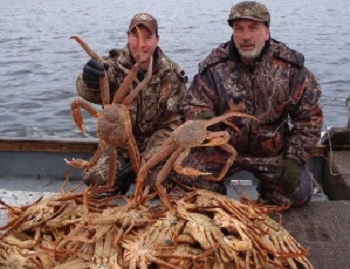
Fishermen stand together in a show of solidarity against low prices
“We have solidarity among all groups,” said Kevin Abena of Kodiak, skipper of the F/V Big Blue and secretary and treasurer for the Kodiak Crab Alliance Cooperative (KCAC) which represents 121 permit holders. Attempts to reach local processors were unsuccessful. The cooperative is now securing tenders to take the local crab to Dutch Harbor and potentially King Cove. “It’s sad for the community that every bit of this crab could be walking out of town,” Abena said. “But we are not going fishing for $2.50 a pound.” The crabbers are not facing a time crunch. The Tanner crab fishery can remain open by regulation until March 1. “We decided the 16th to stand down until the 22nd. So the earliest we will go fishing is the 22nd at noon. We have an association meeting on Friday at 6pm. >click to read< 11:05
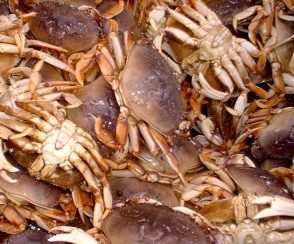
Oregon: First Dungeness crab catch of the season
Commercial crabbing season has officially begun in Eugene, as the first shipment of Dungeness crab arrived at the Fisherman’s Market Tuesday night. “This is as late as its ever opened. There was a few years back when it opened on the 15th as well, but it’s much later than normal,” said Ryan Rogers, owner of Fisherman’s Market in Eugene. The reason for the delay? Concerns over the quality of crab in other parts of the west coast. Rogers says, “It’s always crab season somewhere for us. I’ll drive to Blane, Washington, to Bodega Bay to get crab.” Video, >click to read< 10:41
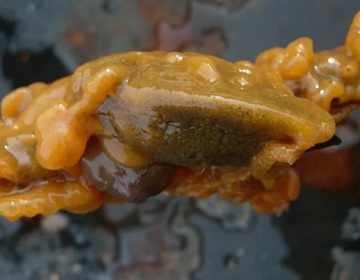
Sea vomit: Why DFO is worried about an invasive species with a disgusting name
Fisheries and Oceans Canada is asking fishermen to keep an eye out for an invasive species in the Bay of Fundy, one that has an unforgettable nickname. Pancake batter tunicate, more commonly known by its colloquial name sea vomit, has been spotted on the east coast of North America since 1982. The species is a creamy white colour, is slimy to the touch and is native to the ocean around Japan. It’s only been confirmed north of the U.S. border since 2013, but there is some evidence the invasive species is growing more prevalent in New Brunswick waters. >click to read< 09:06
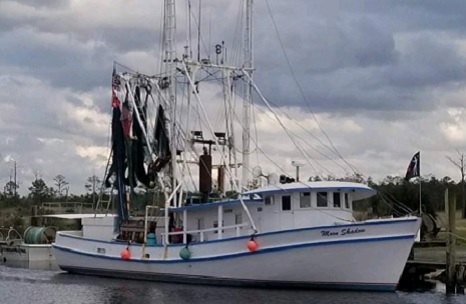
South Carolina Shrimper Finds Smooth Sailing with Help of EDA Revolving Loan Fund Program
James Bradley is a second-generation commercial fisherman from South Carolina. He’s the owner of Bradley’s Commercial Fishing, a family-owned business on St. Helena Island. The company provides shrimp and other seafood items to local restaurants. Fishing has been a proud tradition for the Bradley family, which has been in the seafood business for more than 100 years. An able seaman who learned how to shrimp and fish from his father, Bradley served as captain of the company’s shrimp trawler, F/V Bradley’s Pride, which would sail the Atlantic off the South Carolina coast. It served as the centerpiece of Bradley’s company and its main source of revenue. After more than five decades in business, however, he realized it was time to buy a new boat.>click to read< 19:46
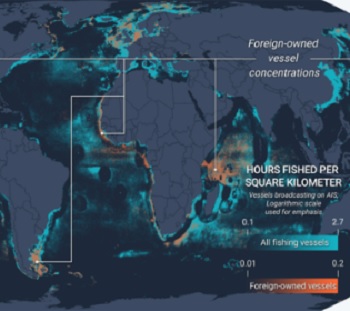
New research reveals shifting identities of global fishing fleet to help bolster fisheries management
A new study published today in Science Advances combines a decade’s worth of satellite vessel tracking data with identification information from more than 40 public registries to determine where and when vessels responsible for most of the world’s industrial fishing change their country of registration, a practice known as “reflagging”, and identify hotspots of potential unauthorized fishing and activity of foreign-owned vessels. The study, “Tracking Elusive and Shifting Identities of the Global Fishing Fleet” found that close to 20 percent of high seas fishing is carried out by vessels that are either internationally unregulated or not publicly authorized, with large concentrations of these ships operating in the Southwest Atlantic Ocean and the western Indian Ocean. >click to read< 18:28
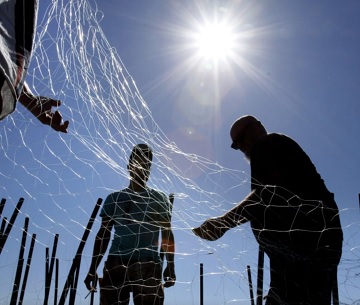
Days of gillnetting on lower Columbia River may be numbered
Senate Bill 5297 would remove nontribal mainstem gillnet use in the Columbia River downstream of Bonneville Dam to off-channel locations beginning in 2025. Tribal gillnetting in the Bonneville, The Dalles and John Day reservoirs would be unaffected by the bill. “It’s amazing to me that our state would be so incredibly inconsiderate in proposing such a thing,” said longtime gillnetter Irene Martin of Skamokawa. Martin argued that the legislation would jettison the Columbia River Interstate Compact, a bistate agreement between Washington and Oregon that manages commercial fishing on the lower Columbia River. >click to read< 12:44
Athearn Marine Agency Boat of the Week: 40’x15′ North Shore Lobster Boat, 450HP, Cummins QSL9 Diesel
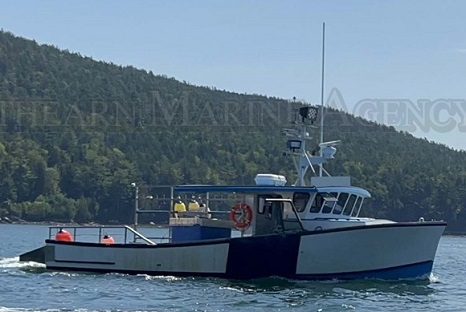 To review specifications, information, and 6 photos’, >click here<, To see all the boats in this series >click here< 10:15
To review specifications, information, and 6 photos’, >click here<, To see all the boats in this series >click here< 10:15
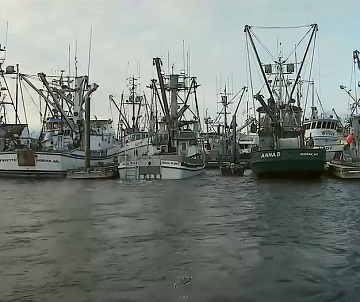
Kodiak waters remain quiet as fishermen demand higher price for crab
Captain of the F/V Isanotski Shawn Dochterman said that fishermen are not heading out to drop crab pots. “At the present time, every vessel between the Alaska Peninsula and Kodiak are standing down to get a fair and equitable price,” Dochtermann said. Commercial fishers are keeping their boats tied to the docks after Kodiak canneries offered them a $2.50 per pound price for crab this season, which is almost $6 less than they were being paid last year. Commercial fishers say they are waiting to get a better offer from the Kodiak canneries. In the meantime, they are also eying other potential opportunities. Abena said canneries in both Dutch Harbor and King Cove are offering them at least a dollar more than Kodiak canneries. Video, >click to read< 08:38
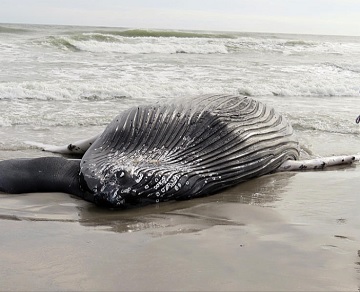
What really killed the whales? Environmental groups in New Jersey are squaring off.
Following the discovery of a 30-foot humpback whale that washed ashore in Atlantic City earlier this month, several groups including Clean Ocean Action wrote to President Biden demanding a pause on all wind-energy activity off the Jersey coast and an investigation into why a total of seven whales have perished in less than five weeks. According to Jennifer Coffey, the executive director of the New Jersey Association of Environmental Commission, suggestions that the Garden State’s plan to construct a huge wind farm out in the ocean have anything to do with the whale tragedies are unfortunate and misguided. >click to read< 08:15
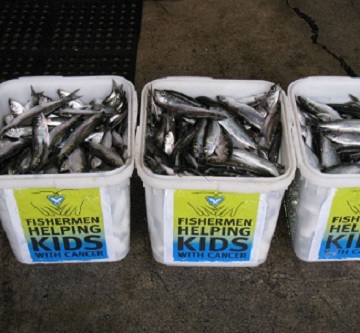
Herring sale returns to Steveston this weekend
Organized by charity Fishermen Helping Kids with Cancer, the 12th annual herring sale will take place at Steveston Harbour Authority on Trites Road on Saturday, January 21 from 8 a.m. to 2 p.m. Later this week, a few herring seiners will be fishing north of Nanaimo and, depending on the weather, they hope to catch 50 tons of tasty herring for thousands of customers in Steveston and at the other sale in Victoria Since 2011, commercial fishing industry has raised close to $1 million for kids being treated for cancer at BC Children’s Hospital. Fishermen and key fish companies cover all costs of the event so 100 per cent of the funds raised at the sale go to the kids. >click to read< 17:56

Welcome to the Next New Reality TV Show Full of Drama, Betrayal and … Lobster Fishing?
The show, and the book, finds its leading man in Connor Nichols, not exactly rolling in dough, but an outsider from a wealthy family who wants to make a career on the waters as a lobsterman. “His plan was simple. Buy a boat. Buy traps. Set traps. Catch lobster. Sell lobster. Pay off debts. Have a life.” The hardened lobster lifers, however, are not welcoming of anyone outside their “fraternity” and act accordingly, sabotaging Connor’s every effort. “These inbred jerkwads in Tranquility had an industrial-strength hard-on for anyone without ten generations of headstones in the local cemetery.” First among them is Wade Baxter, who will do everything from put rocks in Connor’s lobster traps to damage his boat to ruin his truck. >click to read< 13:31
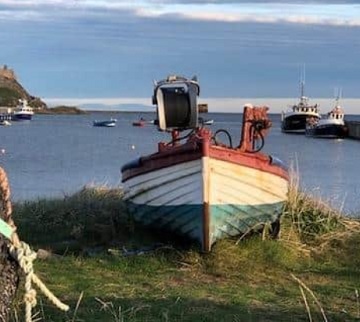
House of Lords peer calls for Holy Island fishing ban proposal to be dropped
Lord Curry of Kirkhale, who sits in the House of Lords, has written to environment secretary Thérèse Coffey to express concerns about Defra plans to designate it a Highly Protected Marine Area (HPMA). There has been strong local opposition to the proposal, backed by Berwick MP Anne-Marie Trevelyan and county councillors Colin Hardy and Guy Renner-Thompson. Lord Curry, in a letter to the secretary of state, writes: “A HMPA ban on fishing would, as Holy Island’s fishermen and residents have expressed, end a thousands-of-years-old industry which still stands at the heart of their community today.” >click to read< 09:48
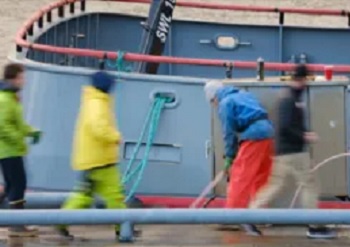
Kodiak fishermen continue to stand down amid processor price dispute
Fishermen should have been setting their gear on Sunday morning for the opening of Kodiak’s biggest Tanner crab fishery since 1986. But the boat harbor was almost full, dozens of vessels were stacked high with empty crab pots. At the coffee shop downtown right near the docks, fishermen lined up for free coffee instead. Frank Miles owns the fishing vessel Sumner Strait, a 58-foot limit seiner and has fished commercially for nearly 50 years. His first Tanner season around Kodiak was in the early 80s, when he chopped bait for a local boat. “But I never in my wildest dreams thought that we’re gonna get offered $2.50, it really is a slap in the face,” said Miles. >click to read< 07:29






